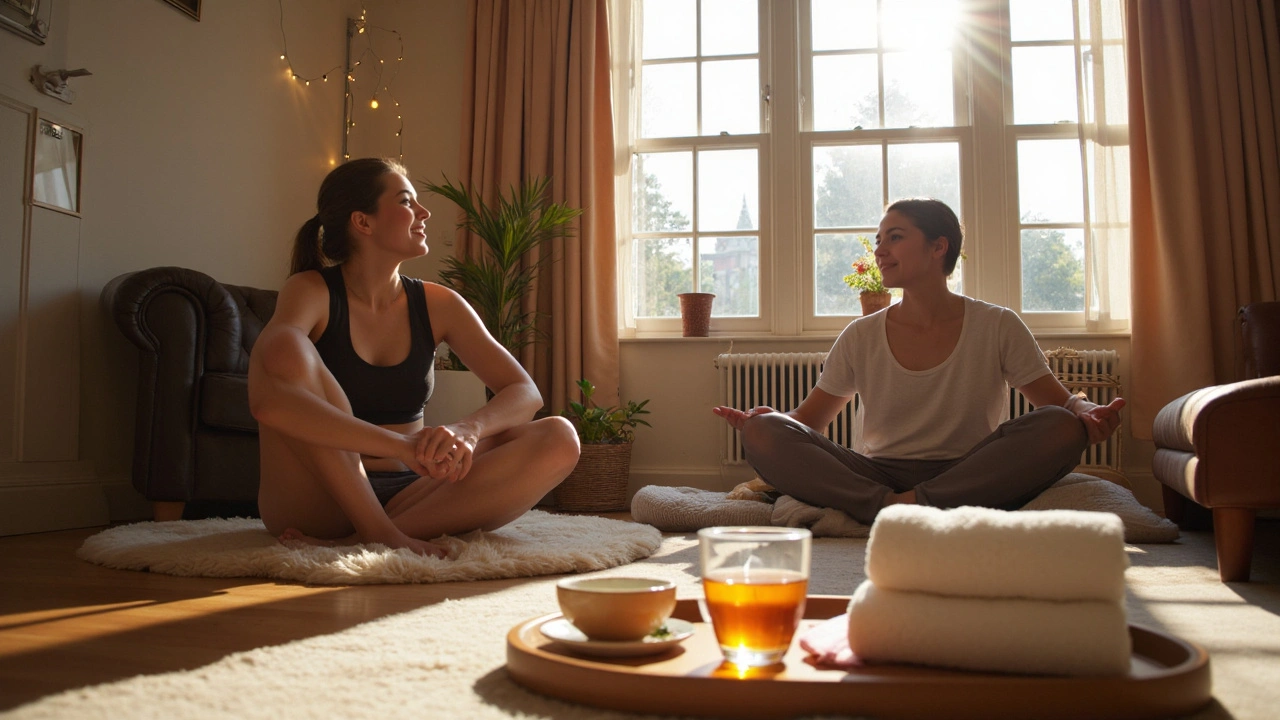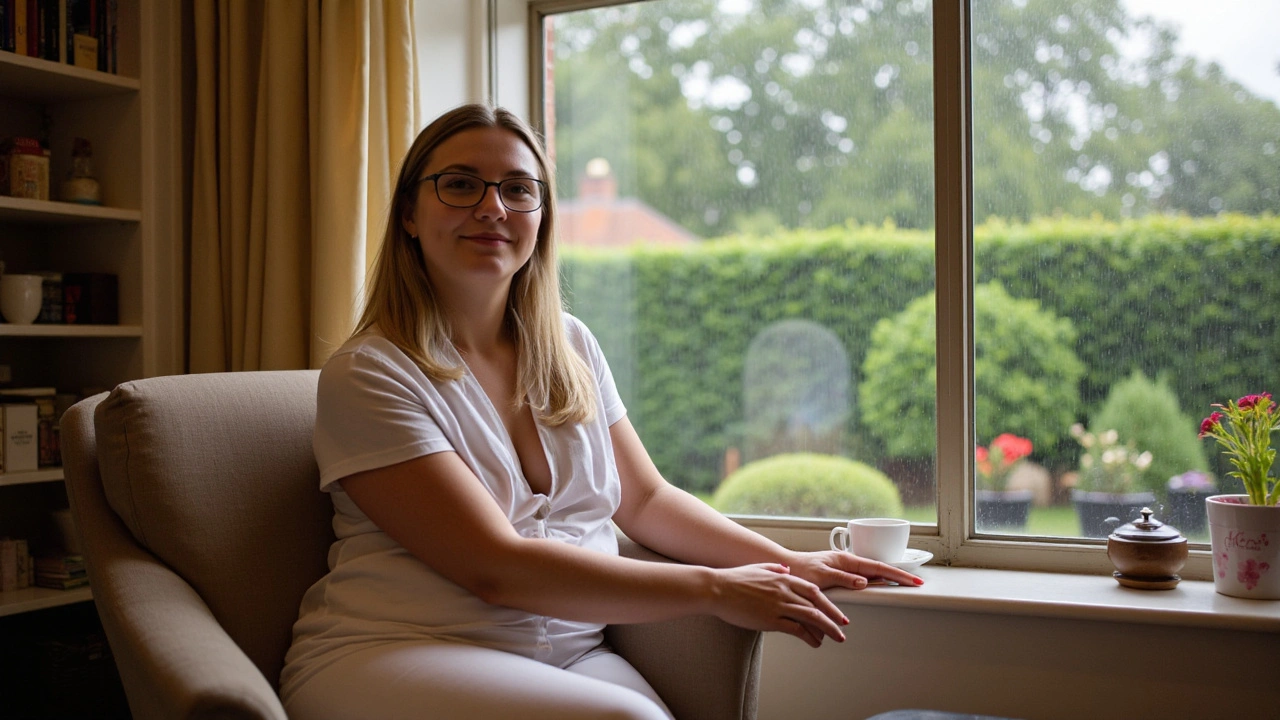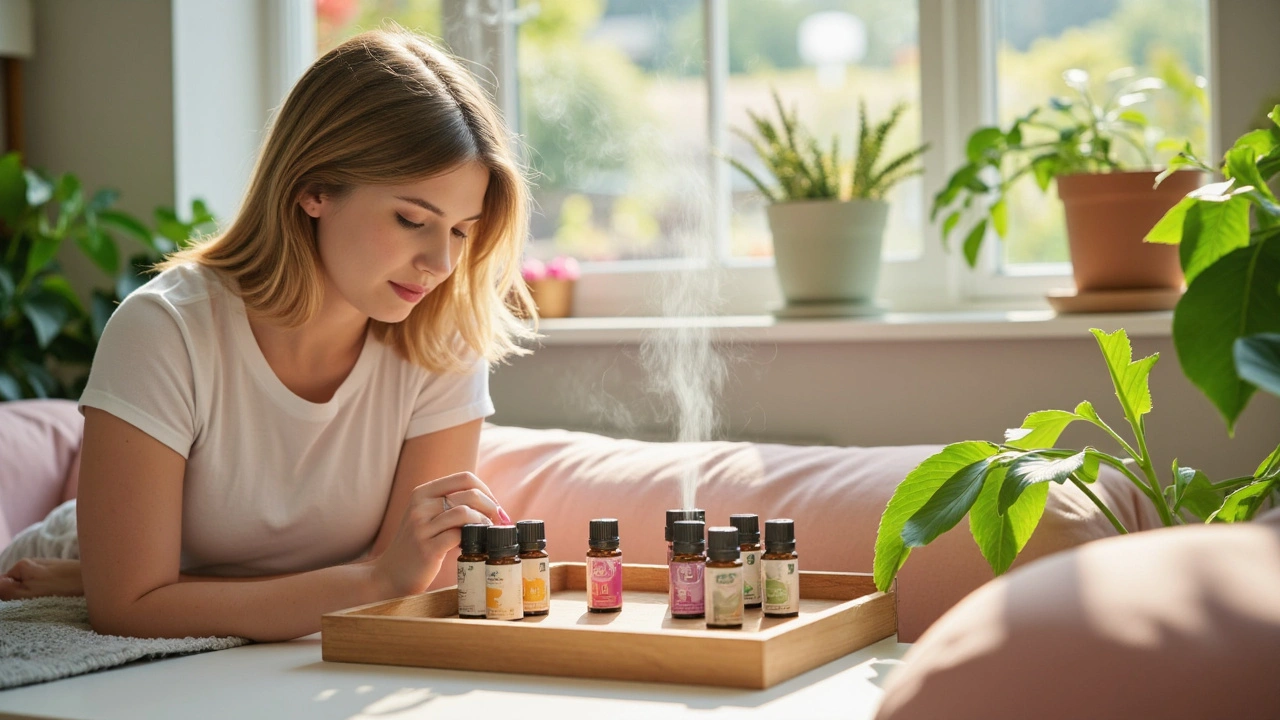Indian Massage London: What Sets These Practices Apart?
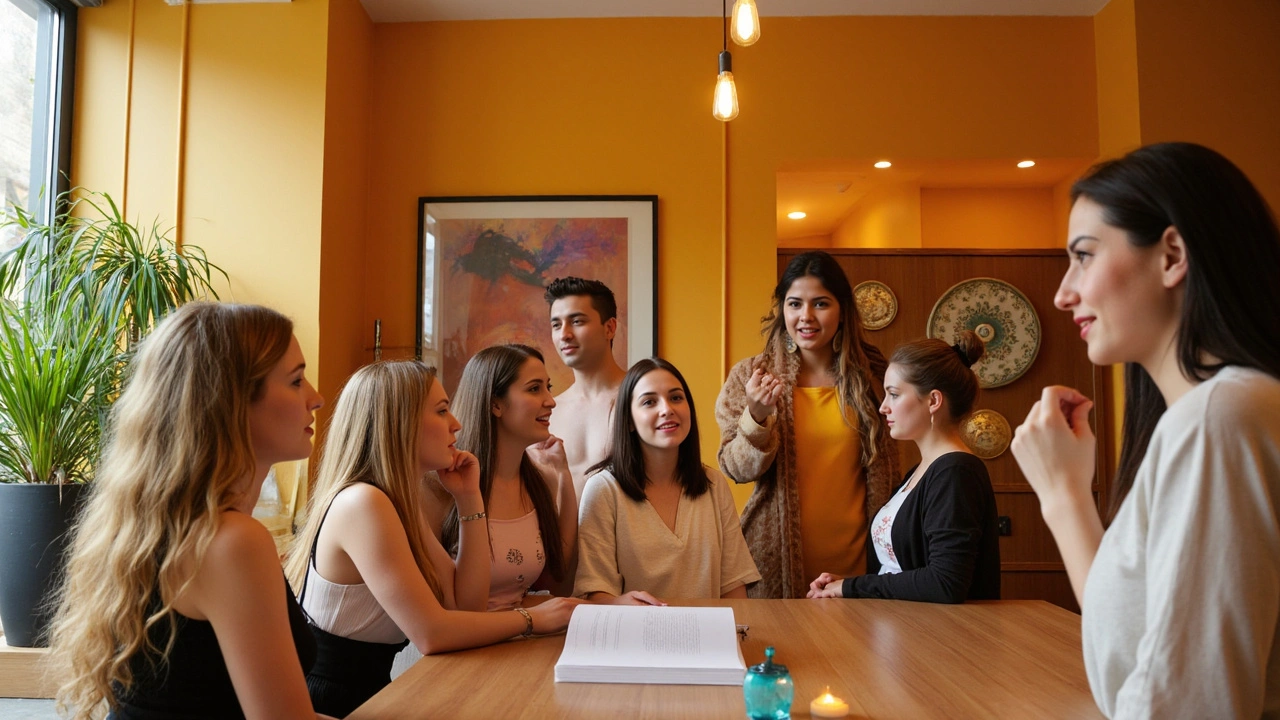
Loads of folks in London are booking Indian massages these days, and there’s a good reason why. It’s more than just a spa trend—they’re rooted in centuries-old traditions that actually make a difference if you’re dealing with stress, sore muscles, or just need to reset your headspace. But what really goes on during these treatments? Spoiler: it’s not just about oil and a quick rub-down.
Indian massage techniques aren’t your standard Swedish or deep tissue fare. Think head and scalp treatments (yep, that’s the reason everyone leaves looking a bit disheveled but oddly relaxed), plenty of herbal oils, and even pressure points that sound mysterious but work. Some of these methods are about realigning energy or ‘dosha’ balance—which might sound out-there, but hey, people swear by it for everything from migraines to better sleep.
- What Makes Indian Massage Different?
- Popular Styles and What They Actually Do
- Finding the Right Place in London
- Tips for a Better Experience
What Makes Indian Massage Different?
Forget what you know about the usual spa fixes—indian massage london takes a whole new angle. It’s not just about muscles and knots. These practices lean hard into Ayurveda, which is this ancient Indian system that mixes wellness, herbal remedies, and balance. Sounds fancy, but it basically means they look at your whole lifestyle, not just that stiff neck you walked in with.
For starters, Indian massage makes heavy use of warm herbal oils—sometimes even custom-mixed by the therapist after a quick chat about what’s bugging you. That’s a lot different from that generic oil you’d get elsewhere. The aim isn’t only relaxation; it’s targeting your body’s subtle energy points, or ‘marma points’. Hit these just right and, supposedly, you not only relax your body but also support stuff like digestion and even immunity. No, it’s not magic. There’s a reason this has stuck around for thousands of years.
One of the most obvious differences? The types of moves involved. There’s a real focus on circular motions, tapping, and slow stretches. If you’re getting a head massage, don’t be surprised if it feels more choreographed—almost like a set routine passed down for generations. That’s because it pretty much is.
- Ayurvedic massage (Abhyanga) – The classic. Uses lots of oil and works from head to toe.
- Champi – Basically, the OG head massage London folks rave about. Great for tension headaches and getting your energy back up.
- Pinda Sweda – Warm herbal pouches, usually for deep body aches. Not that common, but serious game-changer for muscle pain.
What’s wild is how many people in the UK are giving this a try. A 2023 survey from a London-based wellness group said around 18% of locals have picked an Indian massage over Western styles in the past year—mostly because they feel it actually helps, not just temporarily but for days after.
Popular Styles and What They Actually Do
If you’ve only heard folks say “I’m off for an indian massage london experience,” the first question is—what kind? Turns out, there’s more variety than most people expect, and each one does something different for your body and mind.
Ayurvedic massage is the classic. It’s all about using warm herbal oils tailored to your body type, or as they call it, your 'dosha.' The therapist gets hands-on, using long strokes, circular motions, and some gentle squeezing to boost circulation and kick out muscle tension. Some say it does wonders for reducing anxiety and sleep troubles—sounds hard to argue with after a session.
Then there’s Indian head massage, which isn’t just about your scalp but also neck and shoulders. This is big for Londoners who spend way too much time at a desk. The technique includes firm, rhythmic movements and pressure points—perfect when you’ve been hunched over your laptop all week. It’s surprisingly effective for easing headaches and jaw stiffness, and it’s over faster than you think—usually 30 minutes or so.
If you’re up for something that really gets deep, try Marma therapy. Marmas are pressure points—there are 107 recognized by Ayurvedic tradition. Therapists work these tiny spots to release blocked energy. It’s not the most relaxing style, but a lot of people notice fewer aches and better mobility afterward.
Here’s a quick breakdown you’ll actually use:
- Ayurvedic Massage: Good for all-round stress relief and detox.
- Indian Head Massage: Top pick for headaches, stiff shoulders, or tech neck.
- Marma Therapy: Targeted muscle issues and general energy slumps.
Interestingly, a recent survey of London wellness clinics (2024) showed about 45% of clients asking for Indian head massage specifically—way more than deep tissue or aromatherapy. People want quick, noticeable results. And these styles don’t usually break the bank; you’ll find sessions ranging from £35 to £80 across most reputable places.
| Style | Main Benefit | Usual Duration |
|---|---|---|
| Ayurvedic Massage | Relaxation, body balance | 60-90 min |
| Indian Head Massage | Relieves headaches, neck tension | 20-40 min |
| Marma Therapy | Targeted pain relief, energy boost | 30-60 min |
The cool thing? You don’t need to pick just one. Many places in London blend these styles together, so you get all the perks in a single appointment. If you’ve never tried an indian massage london treatment before, just tell the therapist what’s bugging you—they’ll know exactly what style to throw at it.
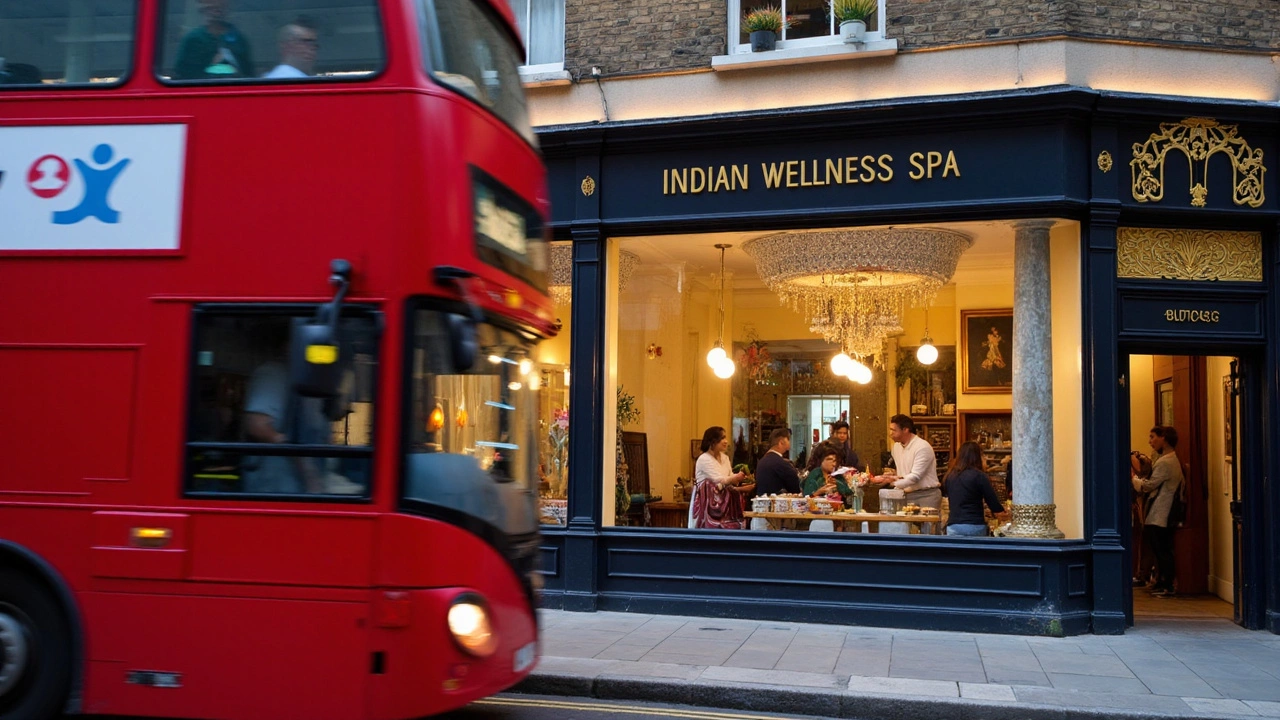
Finding the Right Place in London
London isn’t short on options for a Indian massage London experience—you can find places everywhere from the West End to Croydon. But not all spots have the real deal. Some are full-blown Ayurvedic clinics with therapists trained in India, while others just add a bit of “Ayurveda” to typical spa menus. If you want the genuine thing, pay attention to a few key factors.
First up, check the therapist’s background. Clinics like Ayurveda Pura in North Greenwich and Ananda in the City are pretty well-known; they often bring in therapists who have actually studied massage back in India. That might not matter to everyone, but if you’re after something truly traditional, it’s a safe bet.
Next, don’t just go by ratings. Reviews tell part of the story—but if you’re seeing nothing but five stars with zero info about the actual massage, that’s a red flag. Real feedback usually mentions things like the oils, the head massage, or how the therapist asked about sore spots first. These are good signs.
- Look for places that offer a range of genuine treatments—think Ayurvedic massage, Shirodhara, or Marma therapy, not just generic “relaxation” options.
- Check if they ask about your health or lifestyle before the session. That’s big in traditional practice and usually means the staff know what they’re doing.
- If they’re using classic oils like sesame and herbal blends, you’re in the right zone.
- For budget choices, Southall and Wembley have a few small clinics run by Indian families—often less fancy but sometimes more authentic than a big spa chain.
To give you an idea, here’s a quick table of what’s out there right now (May 2025):
| Name | Location | Therapists Trained in India? | Specialties |
|---|---|---|---|
| Ayurveda Pura | North Greenwich | Yes | Ayurvedic massage, Shirodhara |
| Ananda in the City | Central London | Yes | Full-body Indian massage, Herbal treatments |
| Urban Massage | All London | Mixed | Ayurvedic-inspired, Book at home |
| Natural Remedies Spa | Southall | Varies | Head oil massage, Marma therapy |
So, don’t just settle for a fancy website or a quick Google booking. If you’re after a real indian massage london experience, it pays to do a bit of homework. Ask questions, check who’s on the team, and trust your gut if something feels off. The best sessions usually come from people who treat this like more than a day job.
Tips for a Better Experience
So, you’ve booked your indian massage london session and you want to make the most of it. These sessions can do wonders, but there are some simple things you can do to seriously level up your experience.
- Know what you want: Not all ayurvedic massage treatments are the same. Decide if you’re after stress relief, help with sore muscles, or a general sense of wellbeing. Tell your therapist straight up—communication makes all the difference.
- Don’t eat right before: Arriving on a full stomach is a rookie mistake. Leave at least an hour or two between eating and your appointment, so you’re not uncomfortable during your massage therapies session.
- Dress for the oils: These massages use a lot of herbal oils. Wear old clothes, and bring a hat or hair tie—many places offer a shower afterwards, but your hair will probably be slick with oil for the rest of the day.
- Show up early: Many London spots hand you a consultation form first. Use the extra time to chat about your health, pressure preference, and which areas need more attention. The best therapists want the details.
- Speak up if something’s off: Good therapists want feedback, so let them know if the pressure isn’t right or if you’d prefer different music or lighting. It’s your session—don’t be shy.
It might surprise you that a 2023 survey found nearly 60% of visitors to Indian massage clinics in London were first-timers looking for stress relief, and 75% reported they’d come back. That’s a solid sign that these treatments actually deliver.
| Tip | Why It Matters |
|---|---|
| Communicate Preferences | Ensures the massage meets your needs |
| Avoid Food Beforehand | Prevents discomfort during session |
| Dress Appropriately | Oily treatments can ruin fancy clothes |
And one last thing—if the therapist gives you home-care tips or simple stretches, take them seriously. The effects of a wellness session can last way longer if you look after yourself afterwards. Indian massage is not just a treat; it can be a game changer, especially if you ask questions, listen, and show up ready to relax.

